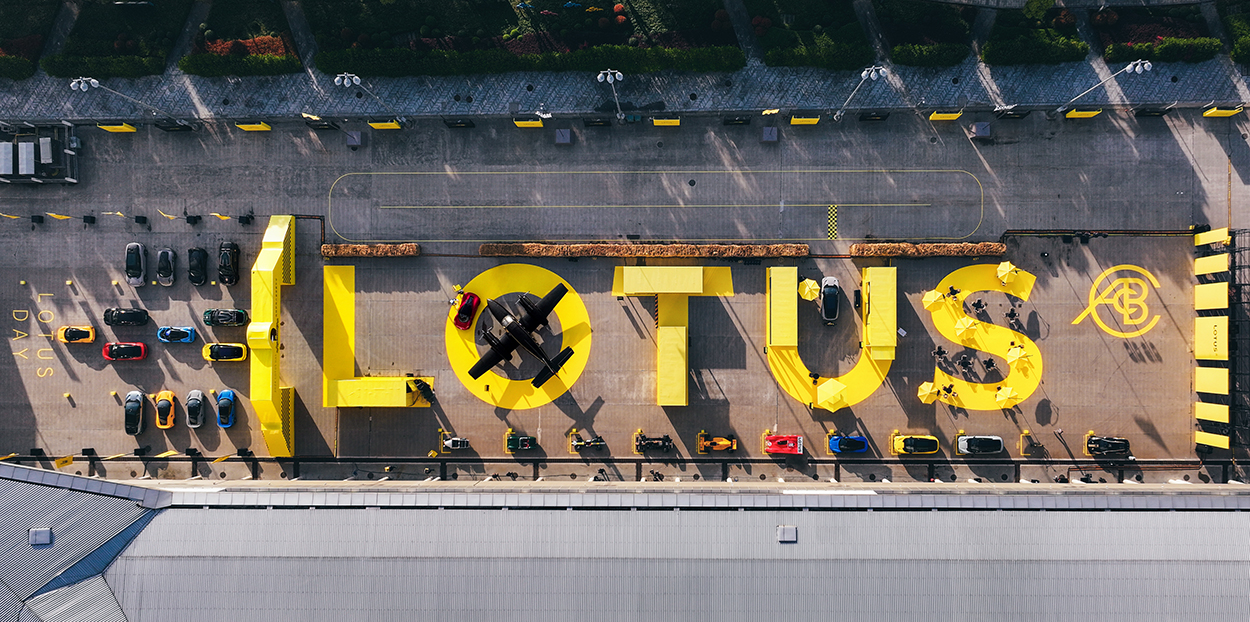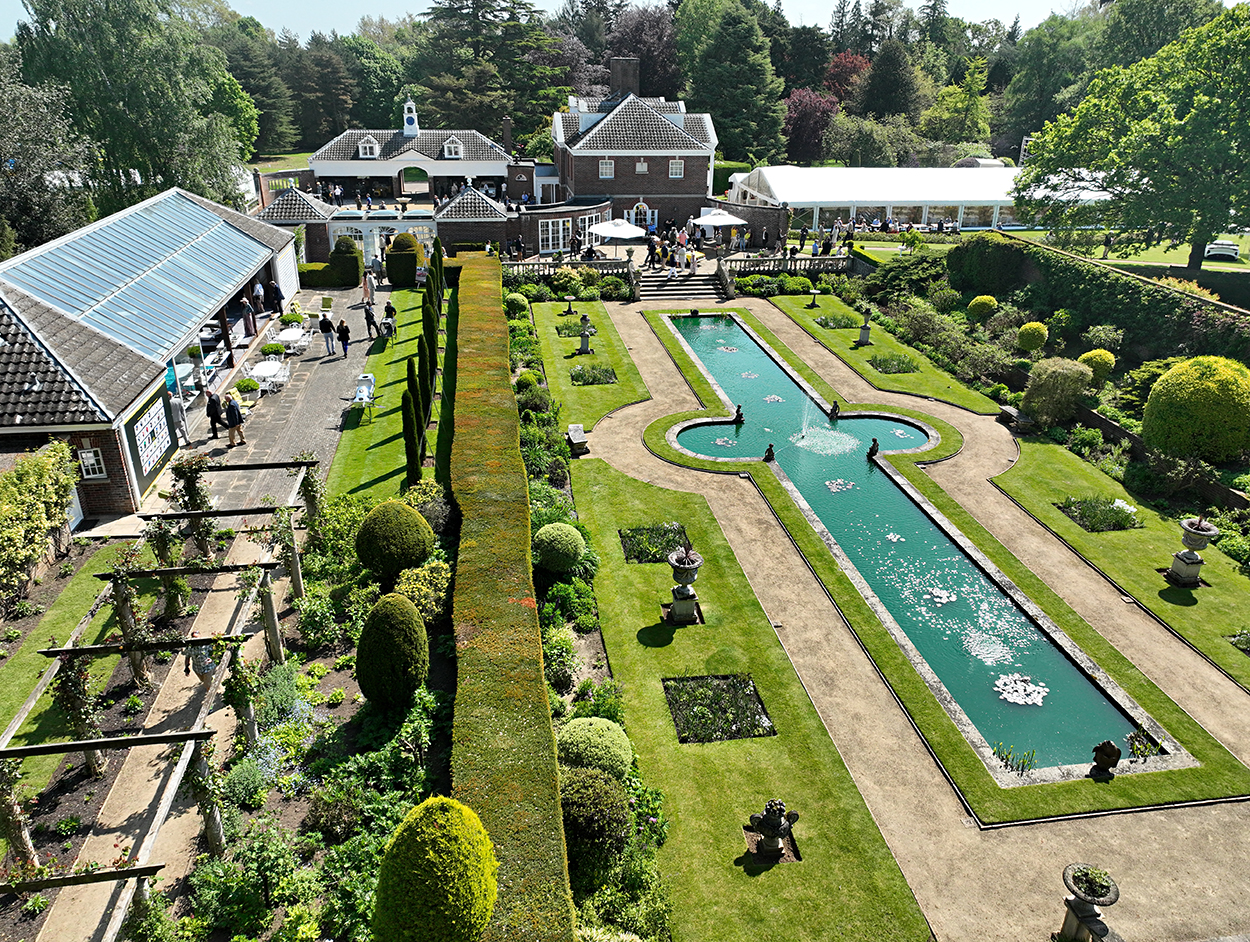Did you know?
|
Metamorphosis The Team Lotus mechanics who ran the STP sponsored Indy cars have previously regaled us with stories of how anything left lying for long on the famous dayglo paint would leave a notable 'footprint'. We must confess to having taken such accounts with a pinch of salt. Not anymore! In the course of the Hethel reunion, for the unveiling of 56/3 restored, the car changed colour in front of our eyes. The previously uniform paintwork became very different shades, depending on the varying amount of exposure to the welcome Hethel sunshine. Quite extraordinary. When the car was back in the workshop we could see that the most exposed areas were already a much deeper shade of red, which is much closer to the period colour images. |
|
Jim Clark, modest as ever! Upon winning the Belgian GP in torrential rain at Spa, Jim Clark was asked how he had managed to decimate the opposition; self effacing as ever, he proposed that as opposed to his outright speed it might have been down to having lifted off less than his competitors.
|
|
Ayrton's first Grand Prix win Ayrton Senna's first GP victory in the soaking wet 1985 Portuguese GP at Estoril is another legendary drive in the history of F1. Given that he had to cope with aquaplaning conditions throughout the race, whilst controlling extreme turbo power without traction control, perhaps it should be no surprise that much later in his career - some while after the European GP at Donington - Ayrton nominated Estoril as his greatest ever race. (Indeed, he went so far as to say "Donington? It was nothing; I had traction control!") |
|
Colin develops the Type 25 At the time of developing the semi-monocoque concept of the Type 25, Colin Chapman was struggling with the challenge of packaging the chassis frame, the fuel and the driver. This was at the time when the principle aerodynamic objective was to minimise drag by minimising frontal area. |
|
Team STP 1 - 0 Team Lotus As practice and qualifying for the 1968 Indy 500 progressed the Team Lotus mechanics gradually increased the maximum speed of the gas turbine in the Lotus type 56 from 30,000 rpm up to a ‘well beyond the recommended maximum’ of 44,000 rpm. Meanwhile the STP team ran some super trick fuel to snatch the pole position away from the Works team. They out-did Team Lotus at their own game. Andy Granatelli 1 – 0 Colin Chapman. (For once...) |
|
The Type 49 The revolutionary Type 49 lined up for its first race on the 4th June 1967 at the Dutch GP held at Zandvoort. This was certainly a spectacular debut. Graham Hill streaked away from pole position but retired on the 14th lap, leaving Jim Clark to assume the lead, set the fastest lap and score the Type 49’s first win. Amazingly, the 49 took pole position for every GP event (8 races!) for the rest of the year with Clark winning 3 more races to finish third in the World Championship. Hill was always very quick but luck eluded him, and Clark scored all of the Team Lotus F1 wins that season, including the non-championship Jarama race. The Type 49B has been driven by three generations of the Hill family; Graham in period, Damon at events such as Goodwood and the British GP parade and Josh at the Hethel test track - his first ever F1 drive. Perhaps the only time this has happened? Answers on a postcard..... |
|
The outstanding reliability of the Type 25 in 1963 |





